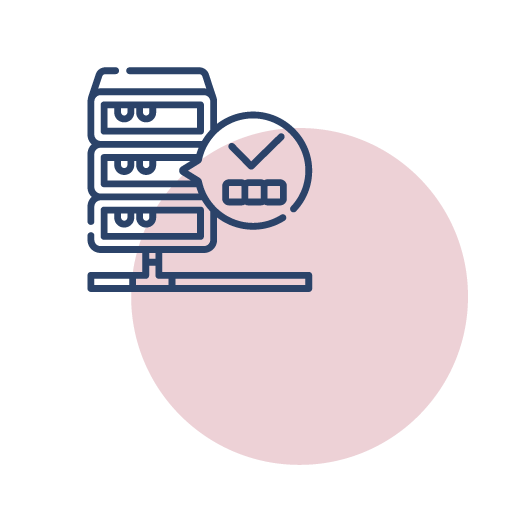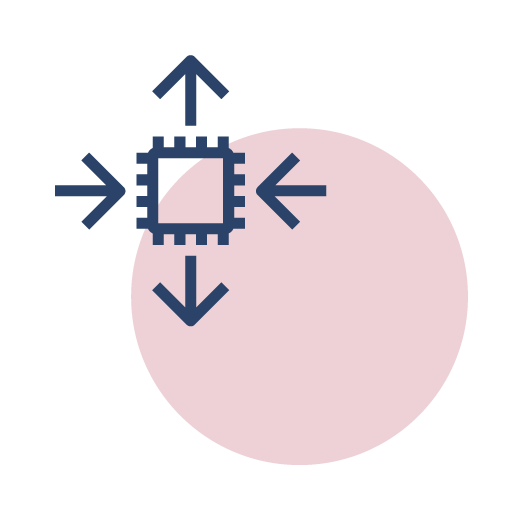Why is it required?
Traditional web apps or server-centric infrastructure relied a lot on manual hardware configurations and upgrades. This often led to delays in deployments or feature releases. Scaling the server architecture was also a challenge as it often involved risks. Migrating from one server environment to another server environment was exceptionally expensive in both hardware costs and man power. Often purchasing, provisioning and managing backend servers had a lot of costs involved.
Many times, the resources would be charged for even if they were not used but just subscribed for. All these and challenges of securing the whole server-centric infrastructure added a lot of woes to the infrastructure teams and costs to the organizations.
Challenges
Expensive Server Management
Challenges
Issues in Flexibility
Challenges
Lack of Agility and Reliability
Challenges
Lack of Scalability and Elasticity

Serverless application architectures, sometimes referred to as Function as a Service (FaaS), are rapidly growing in popularity. Serverless computing is an architecture in which a vendor provides backend services as they are needed. Although ‘serverless’ computing does actually take place on servers, developers never have to deal with the servers since they are managed directly by the vendor. This reduces setup time as well as costs involved in setting up the server-centric infrastructure. Using a serverless infrastructure, there is no need to upload code to servers or do any backend configuration in order to release a working version of an application. Developers can very quickly upload bits of code and release a new product. They can upload code all at once or one function at a time, since the application is not a single monolithic stack but rather a collection of functions provisioned by the vendor. Because the application is not hosted on an origin server, its code can be run from anywhere.
Development teams who want to decrease their go-to-market time and build lightweight, flexible applications that can be expanded or updated quickly may benefit greatly from serverless computing. Also, with serverless there is no reason to run a persistent base of web or application servers, since there is only a charge for the number and duration of actual FaaS invocations; so in essence, you are only charged for the number of times the functions have been called and service utilized.
With the advent of serverless architecture, the IT industry is brimming with myriad benefits. The biggest benefit is the reduction in capital and operational costs.

Reduced Costs

High Availability

Improved Flexibility

Better Scalability

Zero Server Management

Efficient Resource Utilization

AWS provides a set of fully managed services that you can use to build and run serverless applications. Serverless applications don’t require provisioning, maintaining, and administering servers for backend components such as compute, databases, storage, stream processing, message queueing, and more. You also no longer need to worry about ensuring application fault tolerance and availability. Instead, AWS handles all of these capabilities for you. This allows you to focus on product innovation while enjoying faster time-to-market.
Using AWS Serverless Platform, you can deliver a production serverless application that can run at scale. You can build serverless web applications and backends using AWS Lambda, Amazon API Gateway, Amazon S3, and Amazon DynamoDB to handle web, mobile, Internet of Things (IoT), and chatbot requests.
Serverless on Google Cloud

Google Cloud’s serverless platform lets you write code your way without worrying about the underlying infrastructure. We can deploy functions or apps as source code or as containers and easily extend applications with event-driven computing from Google or third-party service integrations.
Google Cloud provides Cloud Functions, App Engine and Cloud Run as part of its serverless computing environment. Cloud Functions is a scalable pay as you go Functions-as-a-Service (FaaS) to run your code with zero server management.
Serverless on Microsoft Azure

Microsoft Azure provides Serverless Compute and Azure Functions to accelerate and simplify application development with serverless computing environment. Azure Serverless Solutions are fully managed, end-to-end serverless solutions to boost developer productivity, optimize resources, and accelerate the pace of innovation.
Azure Functions is event-driven serverless compute platform that can also solve complex orchestration problems. We can build and debug locally without additional setup, deploy and operate at scale in the cloud and integrate services using triggers and bindings of Azure Functions.
Build scalable and reliable architecture with decreased TCO
At Ingways, we help our clients modernize their infrastructure and application delivery, achieve availability and scalability along with full resource management automation. We provide Serverless Architecture Development, Serverless Consulting and Cloud Native Application Development.
